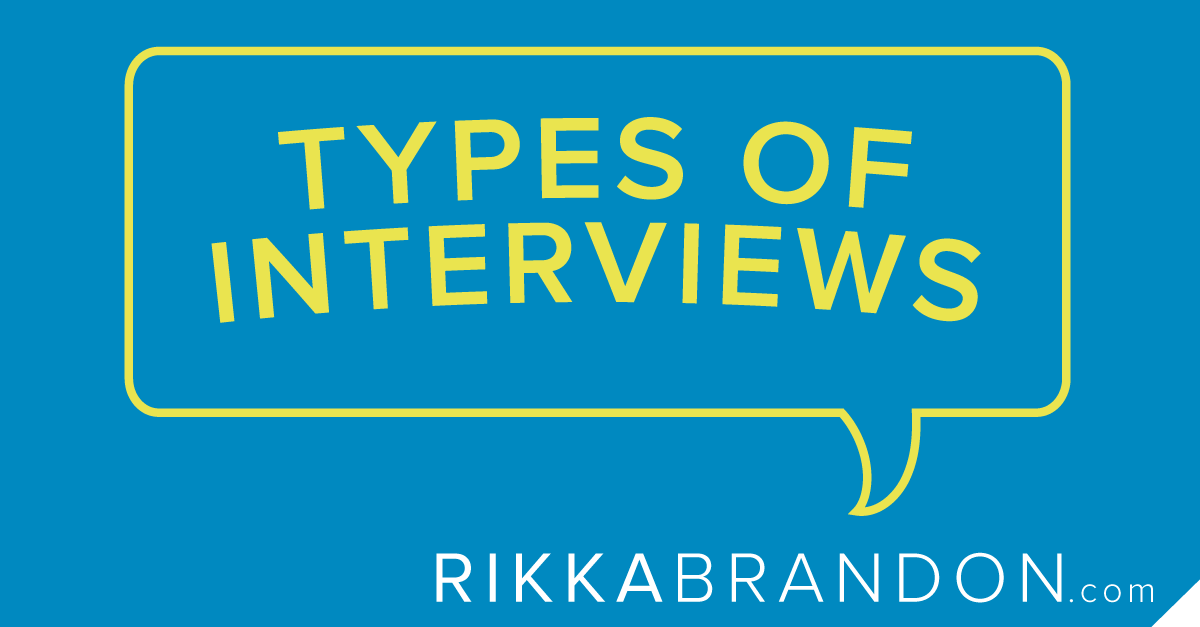There are many interviewing techniques and ways to structure your interviews. I’ve given a quick overview of 6 of the most common types of interviews. Almost all of these interviewing formats serves a useful role in the hiring process (except, you will see below that I don’t see much value in one of these styles!)
Phone Interview
The phone interview is my favorite way to start the interviewing process. They are a great way to make sure the candidate has a good phone presence and meet the basic experience requirements. The best part of the phone interview is that it can be a huge time saver.
You can end a phone interview after 5-10 minutes. It is almost impossible to do that with an in-person interview without the candidate getting a bit offended. Here's why I recommend a phone interview at the start of the process.
One-on-One, Face-to-Face, or Personal Interview
The One-on-One Interview is the most frequently used interviewing technique. It is a chance for you to sit down with the candidate and learn more about them and their experience. It is also a chance for the candidate to learn more about you, the company, and the opportunity.
This is a bit like a first date, everyone is a little nervous in the beginning. It is usually conducted in-person so it can also be called an in-person or face to face interview.
Skype / Video Interviewing
Generally, this type of interview is used if there will be a travel cost associated with an in-person interview, but you want more visual cues than a phone interview can provide. Most companies will conduct an in-person interview before extending an offer. But, for remote positions a Skype or Video interview can replace the in-person interview.

Small Group Interview
In this interview, the candidates’ leadership styles are tested by conducting an interview with all of your possible candidates at once. Interactions between candidates are monitored in an informal interview so that those with leadership potential rise above the rest. The candidates that rock the group interview will move on to a more extensive one-on-one style interview.
Committee or Panel Interview
Here, candidates will meet with a group of decision makers from your company at one time. This is usually reserved for the final stages of the interview process. This way, you are able to get multiple opinions on a single candidate. The problem with panel interviews is when you start involving people who really shouldn’t be involved in the selection process.
Stress Interview
This is the worst interviewing technique. The purpose of a stress interview is to place the candidate under pressure and see how they react. It is a deliberate attempt to make them sweat through their shirt. Interrupting, making awkward comments, extended silences, and challenging the candidate are all common practices.
At the end of this interview, the only thing that has been accomplished is for the candidate to think you are awkward and they are happy they don’t work for you. I can’t actually see in what case this approach would have a value that out-weighed the risk of alienating all the candidates you interviewed.
So, there you have it, 5 interview formats you can use the next time you are hiring and one you should avoid!
Do you like helping people? Me Too!
That's why I provide this great content to help you grow your team! Now, help me (and your friends) by sharing this great information on Twitter, Facebook, and Pinterest by using the super-easy share buttons below.
Ahh, thank you – that feels good.


Recent Comments